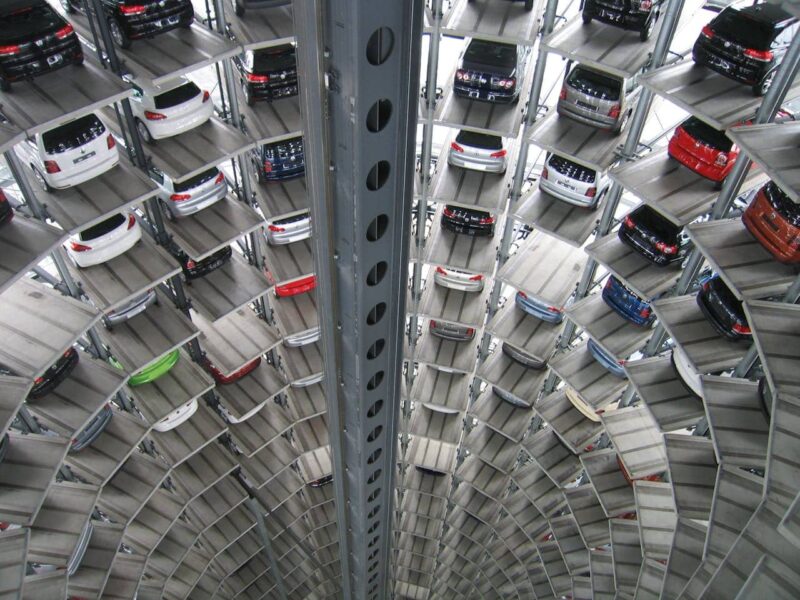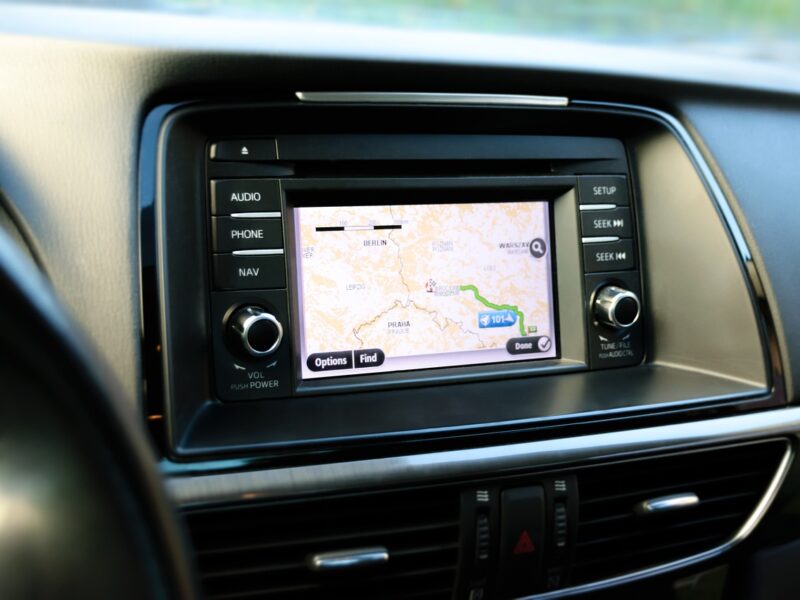How do you find your car’s colour code?
Whether you want to touch up a small scratch or plan to repaint part of your car, correctly identifying your car’s colour code is very important. Without the correct colour code, the new paint may not match the existing paint properly, which can cause an uneven appearance. In this article, we explain how you can easily find your car’s colour code and what you can do with it.
What is a colour code?
Car manufacturers use specific colour codes to indicate the exact shade of your car’s original paint. A colour that has the same name on another car may have subtle differences. Therefore, finding the car colour code is necessary for accurate colour repairs.
Where to find the colour code?
A car’s colour code can be found in different places. Usually, it can be found on a sticker or plate somewhere on the vehicle. Here are some common places:
- In the driver’s side doorway, you can check the inside of the door, the door frame or the b-pillar.
- Under the bonnet, the colour code can sometimes be found in the engine compartment, often on the sides of the engine or on the inside of the bonnet.
- In the boot, you can also find the code, for example under the boot mat or on the side of the boot.
- Some cars have a sticker in the space where the spare wheel is stored.
The format of the code can vary, usually consisting of three to six characters of numbers and/or letters.
Why is the colour code important?
There are several reasons why you might want to know your car’s exact colour code:
- For touching up scratches or small dents, you want a colour match that exactly matches the rest of the vehicle.
- When repainting a larger part of your car, such as a bonnet or door, it is important to keep the same colour to avoid inconsistencies.
- When selling the car, even minor colour differences can have an impact, as cars with uniform paintwork are more attractive to buyers.
- Some car enthusiasts take pride in their vehicle and want it to always look its best.
Trust 123autolakken to find the right colour
If you have trouble finding the colour code, there are several tools that can help you:
- Contact your car make’s dealer; they often have access to colour codes based on your vehicle identification number (VIN) and can help you further.
- Online sources offer several websites tools that allow you to enter your VIN or registration number to access your colour code.
- Online paint shops provide information for a wide range of car makes and models.
Variety in colour codes
It is worth noting that the same basic name for a car colour can be used by different car manufacturers with slightly different codes. For example, Ford’s “Lightning Blue” may be completely different from another brand’s “Lightning Blue”. It requires precision to match the paint colour perfectly, which is why you should always use the specific code for your vehicle.
Mistakes to avoid
When working with colour restoration, there are some common mistakes to avoid when it comes to colour codes:
- Not reading carefully can lead to confusion when noting colour codes because letters and numbers, such as a zero and an o, are sometimes mixed up.
- Choosing based on a colour sample can be misleading because the colours on a screen or in a catalogue may differ from the actual product.
- Choosing generic shades may seem affordable but the colour accuracy is often significantly less.
The paint application process
Once you have found your colour code and purchased the right paint, it is time to do the repair work. Follow your paint supplier’s manual and safety guidelines to ensure the colour is applied accurately and stays that way.
By carefully following these measures, you will ensure that any scratch or larger imperfection is invisibly repaired. Also keep in mind that colour changes can occur over time due to environmental factors such as sunlight. So a perfect match not only means choosing the right hue, but also making sure the finish is just right.
Influence of environmental factors
It is important to also consider external factors that can affect the colour of your car. Weather conditions, such as strong sunlight, can cause colour fading over time. Humidity and temperature differences can also have an impact while applying new paint. Using a well-ventilated and controlled environment during the paint process can minimise these risks. By taking the right precautions, you will ensure that the new coat of paint mixes well with the original paint and looks fresh for longer.
Essential tips for a perfect colour match
Finding and using your car’s colour code correctly is a fundamental step towards maintaining its visual appeal and value. Take time to understand the process and consult user-friendly tools and expertise to ensure your car always looks its best. Remember to always double-check and seek professional advice from 123auto paints when in doubt.












